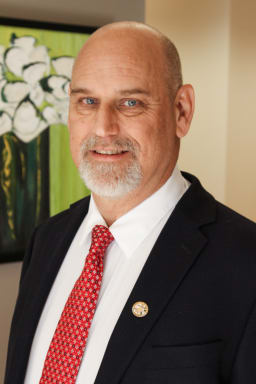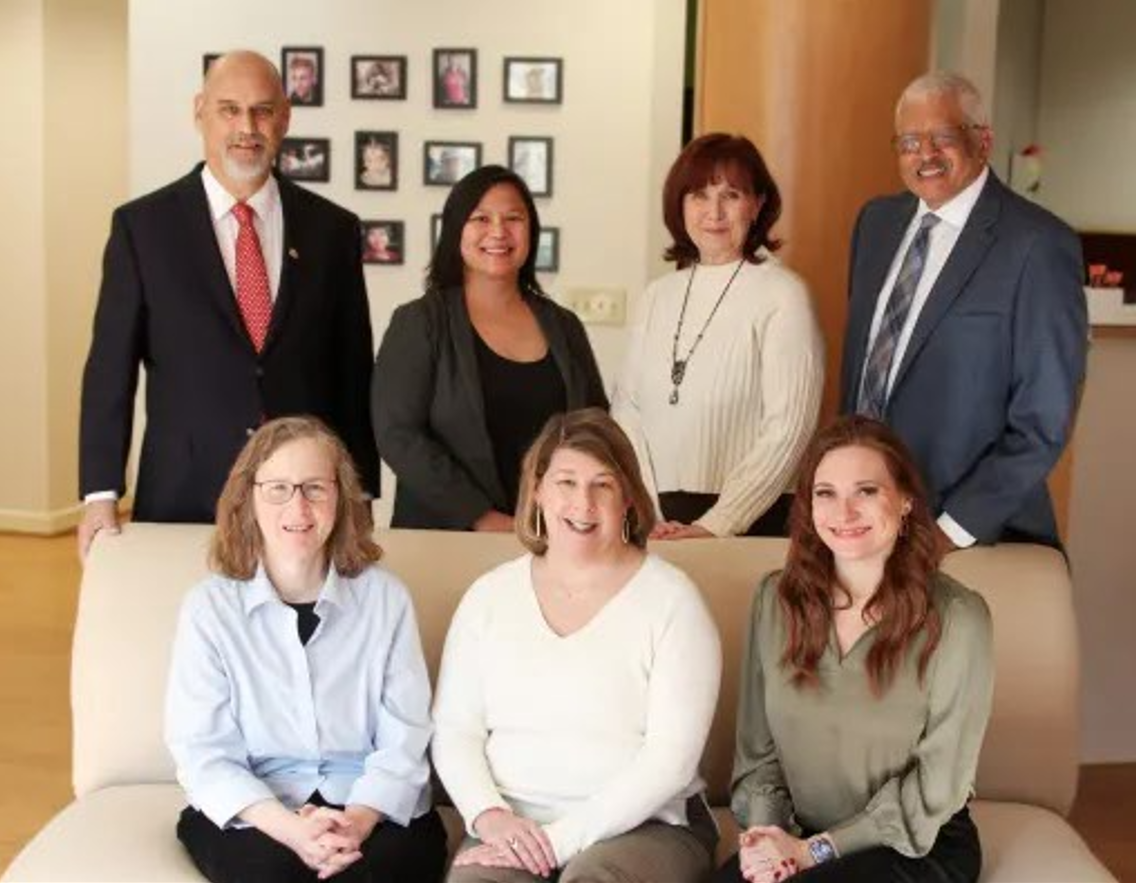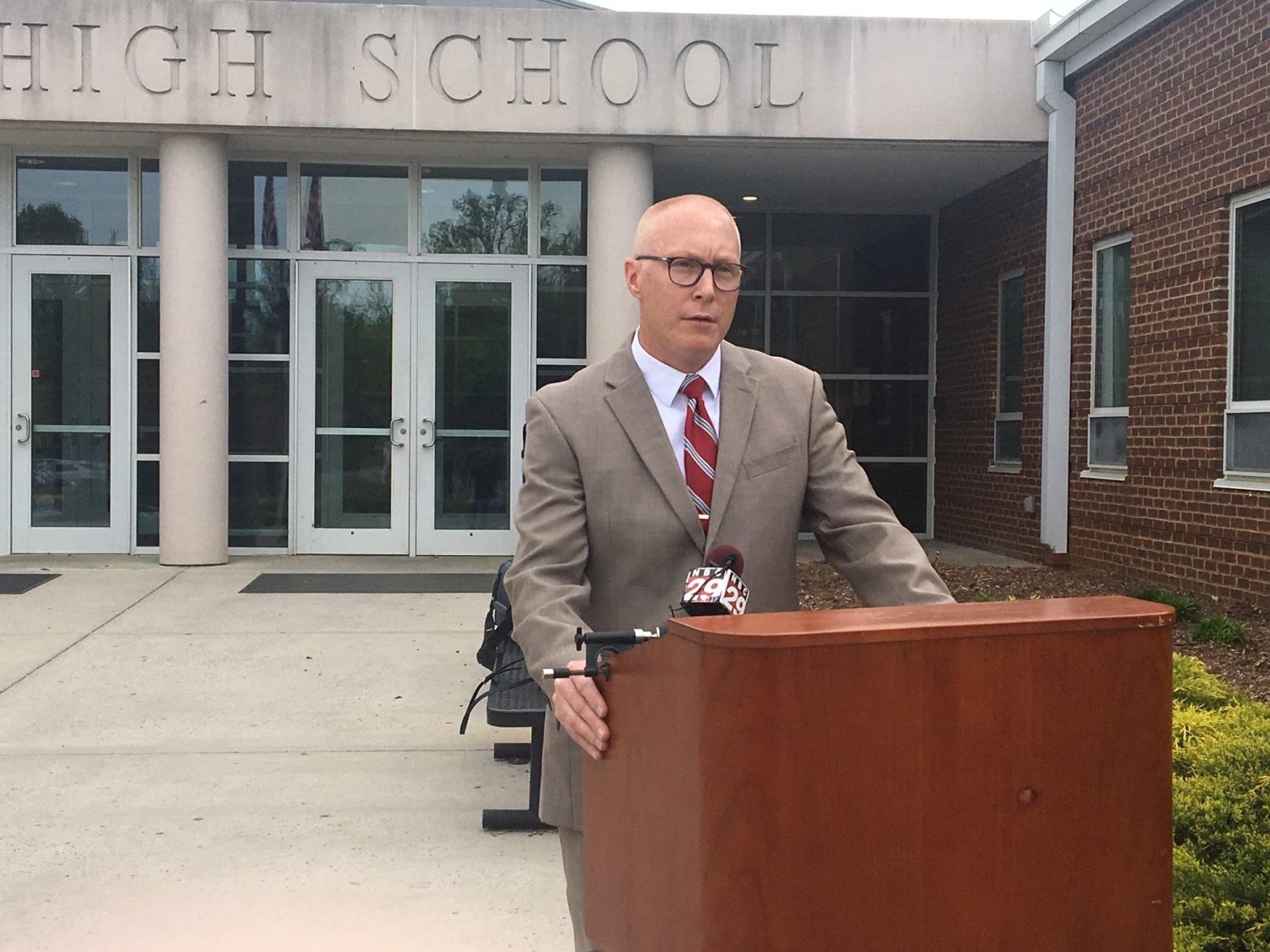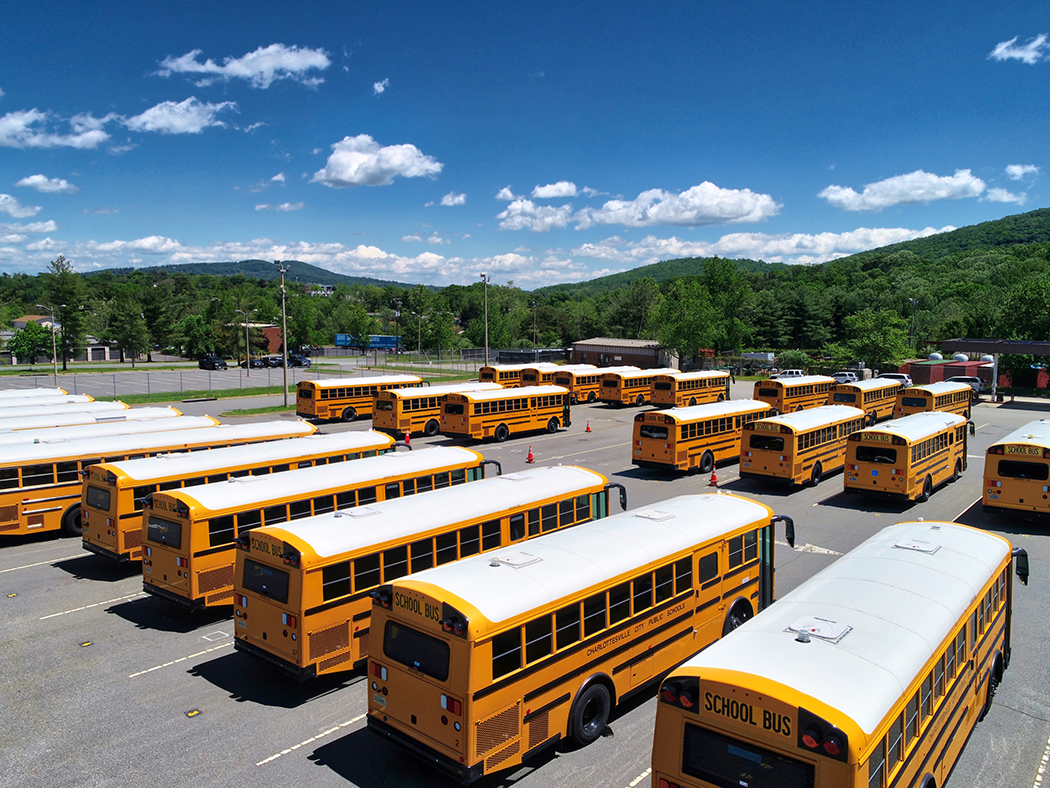Just six weeks after winning election to the Albemarle County School Board, lifelong local educator Charles “Chuck” Pace died at the University of Virginia Medical Center on December 18 at the age of 64 following complications from kidney disease.
A graduate of Charlottesville High School, Pace returned to the area to teach science at Albemarle High School in 1986. He met his wife, Anne Marie Belair, when she was a student teacher at AHS.
After more than 30 years as an educator, Pace retired as chair of the science department at the Blue Ridge School in 2022. A year into his retirement, he resumed his work in education when he was appointed to the Rio District school board seat vacated by now-Del. Katrina Callsen.
First appointed to the board in December 2023, Pace was sworn in as the Rio District’s elected representative a week before he died.
“In his last year, he embarked upon one of the proudest accomplishments of his life. Everything he had learned from teaching, coaching, and parenting came together to guide him through his time on the Albemarle County School Board,” reads Pace’s obituary. “Visiting schools, meeting with teachers and students, and even digging deeply into policy and budgeting brought him tremendous joy.”
On the memory wall associated with Pace’s obituary, a former student wrote that he shared a sandwich with her when she didn’t have lunch, and that he inspired her own 33-year career in health care.
In a social media post announcing Pace’s passing, ACPS Superintendent Matthew Haas and members of the school board shared memories and celebrated the former teacher. “A week and a half before he died, he and I were discussing possibly scheduling a meeting during the holiday break,” said board Chair Judy Le. “I grumbled at it; he said, ‘I’ll be there, and I’ll be happy to be there with all of you.’ … His purpose in serving is, and will always be, inspiring.”
Numerous colleagues celebrated Pace’s dedication to education and the community, with school board Vice Chair Kate Acuff describing him as “an exceptional person” and “one of the hardest-working school board members” despite his health challenges.
Pace was first diagnosed with kidney disease in 1995, and received a successful kidney transplant in 2002.
Following his death, the school board is expected to appoint a representative to serve until the November 2025 election. Applications for the position had not been opened at press time.
In an emailed comment, former school board opponent and friend Jim Dillenbeck told C-VILLE, “I was saddened to hear of Chuck’s passing a few weeks ago. He was a good man and a hard-working educator and advocate for public schools.”
Dillenbeck did not specify if he would apply for the position or run for the seat again in 2025.













